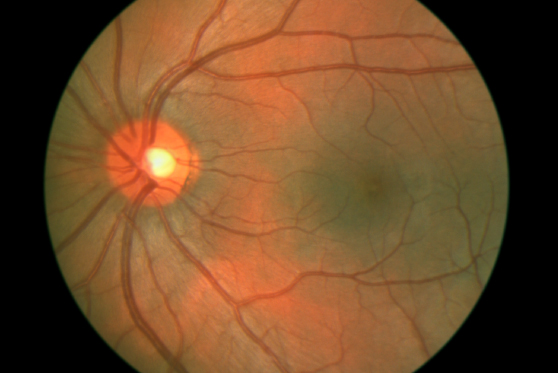Posterior Vitreous Detachment (PVD)
The eye is filled with a clear, gel-like substance called vitreous, which is normally attached to your retina at the back of the eye. As the name might suggest, a posterior vitreous detachment (PVD) occurs when the vitreous pulls away (or detaches) from the retina. Because the vitreous gel in our eyes can shrink as we get older, PVD is relatively common in those who are over 50 years of age. When the gel shrinks, the vitreous pulls away from the back of the eye, tearing the millions of microscopic fibers connecting the vitreous to the retina.

Symptoms of PVD
PVD is a non-sight-threatening condition that usually subsides within three months. The symptoms can be irritating and usually lessen in intensity over the first few weeks.
- Floaters. Floaters are the stringy shadows that occur when the vitreous shrinks and becomes straggly.
- Flashes. When the vitreous shrinks, it may rub against the retina. The friction causes what looks like streaks of light or flashing lights.
PVD is a generally harmless, albeit inconvenient, condition, but it can occasionally cause risky complications, such as retinal tears. These complications are rare but require immediate treatment when they occur. If you have Posterior Vitreous Detachment, it is advisable to schedule regular eye appointments with your eye doctor to monitor your case of PVD.
Treating Posterior Vitreous Detachment
PVD is not a sight-threatening condition and, by itself, does not usually require treatment. However, the condition can be indicative of a more severe problem that is potentially threatening to your eyesight. Occasionally, as the fibers detach from the back of the eye, they end up pulling at the retina. When the fibers pull hard enough, they can tear the retina and cause permanent vision damage.
Retinal Tears. If the retina tears during PVD, it can be treated with laser surgery to reattach the retina to the back of the eye.

